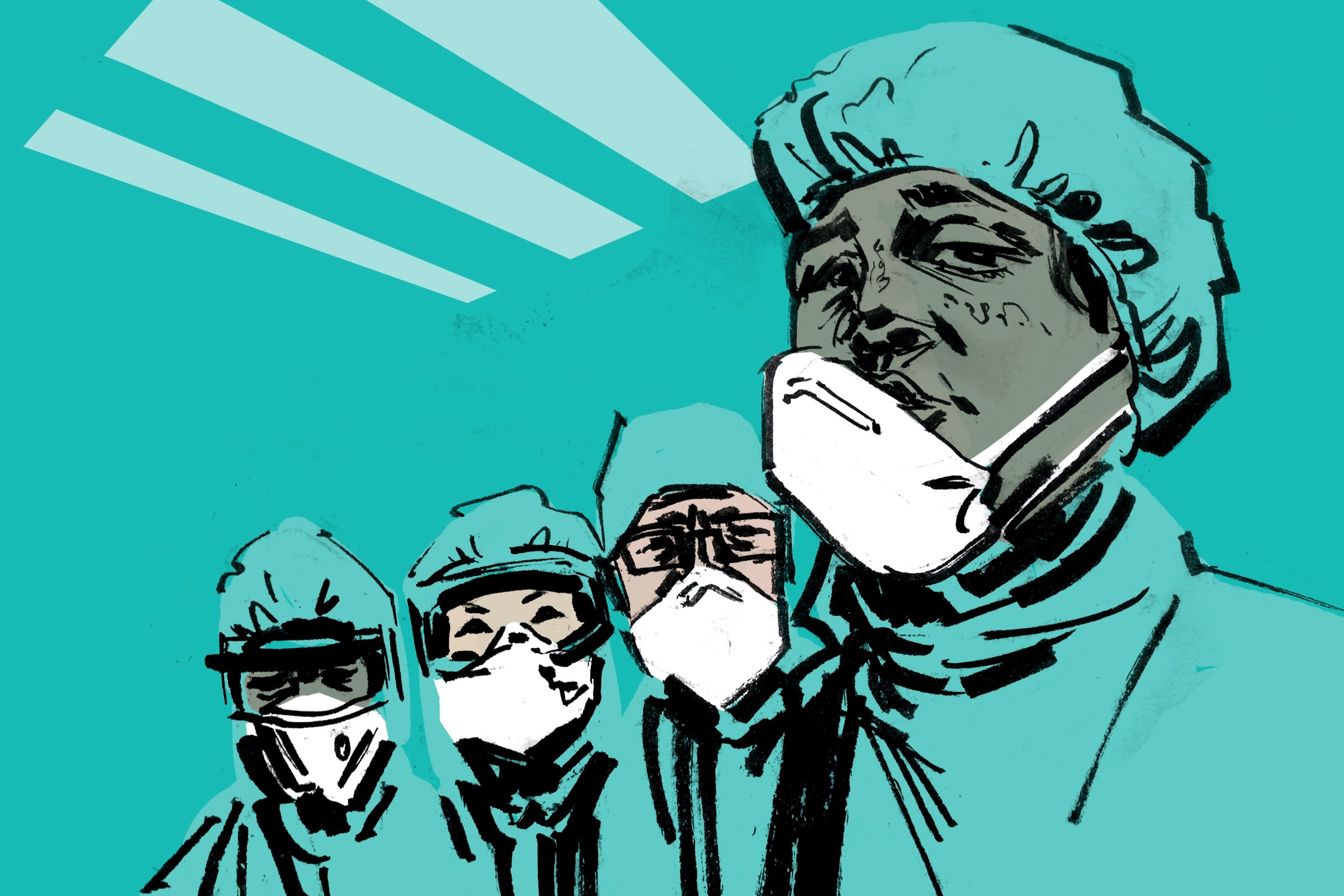Genomic sequencing has linked the new community case of COVID-19 to the November quarantine cluster.
The new case was announced yesterday, with no known links to the border or managed isolation. Overnight, genome sequencing found an identical match between this case and the Jet Park worker who tested positive last week. No new cases in the community were reported today, and three close contacts of this case have all returned negative tests.
Going forward, Minister Hipkins says he will take a Public Health Order to Cabinet on Monday, seeking to make mask wearing mandatory on public transport in Auckland at all alert levels.
The SMC asked experts to comment on this update.
Previous comments gathered on this case are available here, and comments on the November quarantine cluster are available here.
Dr Brett Cowan, Chief Scientist, ESR, comments:
“Genomics is playing a crucial role in supporting case investigations, evidenced by this result. As New Zealand identifies new cases, it is crucial to determine the source of infection as knowing the source helps the government make informed decisions on lockdown levels and helps minimise risk to others who may have been in contact.
“I would like to applaud the work of our staff, not only for this result, as they worked throughout the night, but for all the 1085 genomes ESR has successfully sequenced to date, often working late and through weekends.”
No conflict of interest
Lesley Gray, Senior Lecturer, Department of Primary Health Care & General Practice, University of Otago, comments:
“The announcement today is reassuring in that this recent case does have links to a known cluster, although it is concerning that we are talking about cases from several days ago.
“Given the inevitable time delays for us to find out the ‘what, where, when and who’ from identified cases, this feels very much like the ambulance at the bottom of the cliff. If everyone in Aotearoa is distancing, scanning and checking in wherever they go, maintaining hand hygiene, and wearing a mask when out and about and on public transport, our risk is minimised. As we are learning, whenever there is a rare community case it does take a number of days to clarify where the cases have been and what the links to prior cases might be. If we are taking action to minimise our risks when ‘out and about’ this will keep risk of transmission to minimum. Dropping our prevention strategies means our community risk increases.
“I urge the Government to make mask wearing on public transport mandatory, and urge people to scan into any location.”
Conflict of interest statement: Lesley Gray recently completed an HRC/MoH Rapid Response grant (HRC 20/990).
Dr Amanda Kvalsvig, Senior Research Fellow and Epidemiologist, Department of Public Health, University of Otago, Wellington, comments:
“In reacting to the latest cluster, the Government’s outbreak response has included very effective use of our new case and contact systems including genomics, rapid testing, and contact tracing. We now need to bring our community prevention measures up to the same high standard, or we risk undoing all of the hard work of so many people who are working to keep the country safe.
“The risk of community transmission won’t disappear until the pandemic does. One community prevention measure we’re not hearing very much about is as simple as fresh air. With summer on the way we can keep windows open and socialise outdoors with potentially a huge decrease in the risk of passing on infections. Employers need to be supported to protect their staff by improving ventilation and air quality in the workplace.
“But there will still be settings where people are crowded together in a closed space. I welcome the further steps towards mandating mask use on public transport in New Zealand that the Minister has announced today, but it doesn’t go far enough. The time for gradual, piecemeal endorsement of masks is past. Mask use should be part of our daily lives everywhere in New Zealand, not just reactively when there’s an outbreak. Otherwise we’re all at risk from the next outbreak that we don’t yet know about.”
No conflict of interest
Dr Christopher Gale, Senior Lecturer, Department of Psychological Medicine, University of Otago, comments:
“From overseas, we know that high-density housing allows for infectious diseases, such as Covid-19, to spread. We also know that long periods of social distancing leads to significant anxiety and depression, and an associated increase in suicidal ideation and domestic violence.
“The government is attempting to minimise restriction consistent with their strategy. This is a more nuanced attempt to contain community spread. If this does not work and we get another cluster, there will need to be a careful assessment of the cost to people’s mental health.
“Isolating New Zealand with the aim that we are COVID-free does require ongoing vigilance at the borders and in the community. We cannot know how long this can be sustained.
“For those in the Auckland CBD working from home and staying in apartments, the use of any and all forms of support – including the e-mental health sites that have been established – is important. Communicating with family and friends will be important. It is easy to feel restricted and frustrated.
“Even if all we can do is put teddy bears back in our windows and telephone a friend or send a message of support, we will help those who have found themselves again facing a lockdown of sorts. Let’s help our friends and family, particularly those who work in or live near managed isolation facilities.”
No conflict of interest
